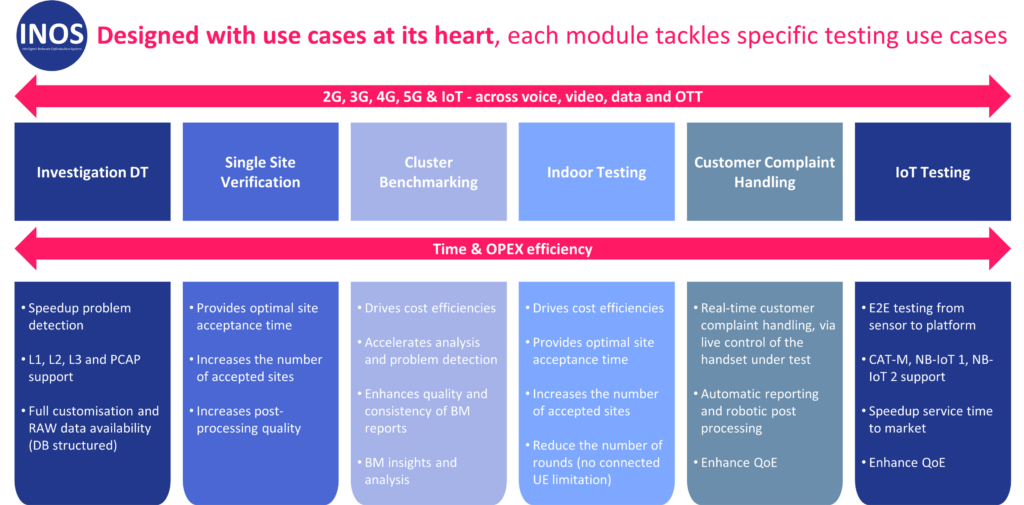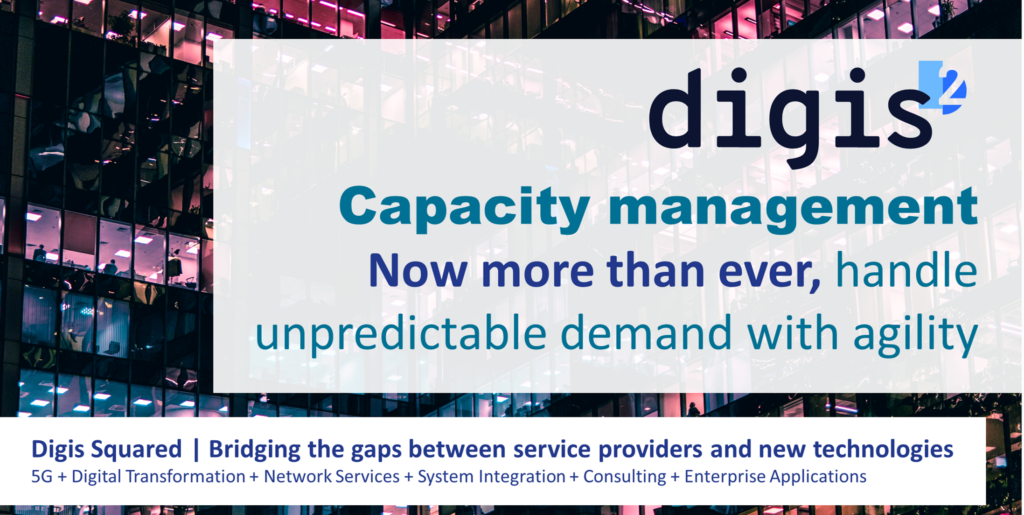The optimisation of capacity management in mobile networks is vital: too little capacity constraints revenue opportunities and impacts customer experience, but idle capacity risks high opex and under-performing investment in assets. Capacity management has always used mathematical modelling techniques to attempt to find the sweet spot, and optimise opportunities and costs. In the past, such predictions were based on historical data, but now AI enhancement of capacity management changes that. The deployment of network virtualization, 5G and network slicing requires the use of cognitive planning; it is vital that capacity planning models are able to assess a step-change in the volume of data points in real-time or near-real-time.
RAN Automation Architect and Data Scientist at Digis Squared, Obeid Allah Ali, describes how AI, automation and advanced analytics are being deployed to gain even greater network capacity planning efficiencies.
What exactly is machine learning, and why is it important?
Machine Learning (ML) is an application of artificial intelligence (AI) that enables computer programs to learn and improve over time because of their interactions with data.
It automates analytics by making predictions using algorithms that learn repeatedly.
Its easy self-learning technique, rather than rule-based programming, has found widespread use in a variety of contexts.
So, whether it’s making life easier with navigation advice based on predicted traffic behaviour, assessing large amounts of medical data to identify new patterns and links, or warning you about market volatility so you can adjust financial decisions, AI and ML technology has permeated many aspects of our daily lives.
The power of prediction machines
In simplified terms, prediction is the process of filling in the missing information. It takes the information you have, often called ‘data,’ and uses it to generate information you don’t have. Most machine learning algorithms are mathematical models that predict outcomes.
How will machine learning impact businesses?
There are two major ways that forecasts will alter the way businesses operate.
- At low levels, a prediction machine can relieve humans of predictive activities, resulting in cost savings, and for example removing emotional bias.
- A prediction machine could become so accurate and dependable that it alters how a company operates.
How big is the growth in mobile connectivity?

Some further statistics on the growth in mobile data, from the same GSMA report [3],
- global data per user reaching more than 6 GB per month – double the data usage for 2018
- 94% of the world’s population covered by mobile broadband network
- By the end of 2020, 51% of the world’s population – just over 4 billion people – were using mobile internet, an increase of 225 million since the end of 2019
And from [4] GSMA Mobile Economy 2021 report,
- By the end of 2025, 5G will account for just over a fifth of total mobile connections.
Capacity and performance of mobile networks
The rapid growth of mobile traffic places enormous strain on mobile networks’ ability to provide the necessary capacity and performance.
To meet demand, communications services providers (CSPs), mobile network operators and their suppliers need a range of options, including more spectrum, new technology, small cells, and traffic offloading to alternate access networks.
To meet commercial business objectives, mobile network operators are under pressure to maximize the utilization of existing resources while avoiding capacity bottlenecks that reduce revenues and negatively influence end-user experience.
Additionally, network operators have to assess risk, contractual SLAs (especially in the context of MVNOS who utilise their network, and corporate contracts), the total cost of ownership, and the impact on customer experience, perception and brand.
Radio Access Network costs are estimated to be 20% of the opex cost of running a network [1]. And the impact of opex on network quality correlates strongly with increased ARPU and reduced churn; when network quality is highest, service providers benefit from a higher average ARPU (+31 %) and lower average churn (-27%) [2].
Finding the perfect balance of capacity, quality, efficiency and cost – not too much, not too little – is complex and dynamic.

Capacity forecasting for mobile networks
The Digis Squared team have developed machine learning algorithms and decoders that can, based on network activity, decode how User Traffic Profiles are changing. With the deployment of 5G and network slicing techniques, modelling network usage patterns and customer behaviour and predicting future demand becomes immediately far more complex – the only way to successfully model this will be with AI.
Detecting a problem
We detect anomalies in cells in the existing network, plus highly utilized cells, using machine learning and a design approach algorithm based on several reported KPIs. We use this information to distinguish what requires immediate attention from what should be monitored for proactive action. Using multivariable modeling techniques, that is, assessing multiple KPIs across each cell, enables us to have a highly nuanced model, optimising all available capacity.
Forecasting
Operators must be able to estimate the required traffic capacity for their mobile networks in this competitive climate to invest in extensions when they are truly needed, and deploy the most cost-effective solution, while maximizing investment and maintaining good network quality.
In this phase of the development of the model, we will discover future troublesome cells to guide our approach and actions using predictive models.
AI enhancement of capacity management: what’s next?
Today, we use an open-loop control system to apply our AI methods. However, as predictive model accuracy improves, we anticipate transitioning to a fully automated Self-Organized Network (SON) – enabling closed-loop network management with self-planning, self-configuration, self-optimization, and self-healing – system in the near future.
In conversation with Obeid Allah Ali, RAN Automation Architect and Data Scientist at Digis Squared.
If you or your team would like to discover more about our capabilities, please get in touch: use this link or email sales@DigisSquared.com .
Discover more
Digis Squared, independent telecoms expertise.
References










